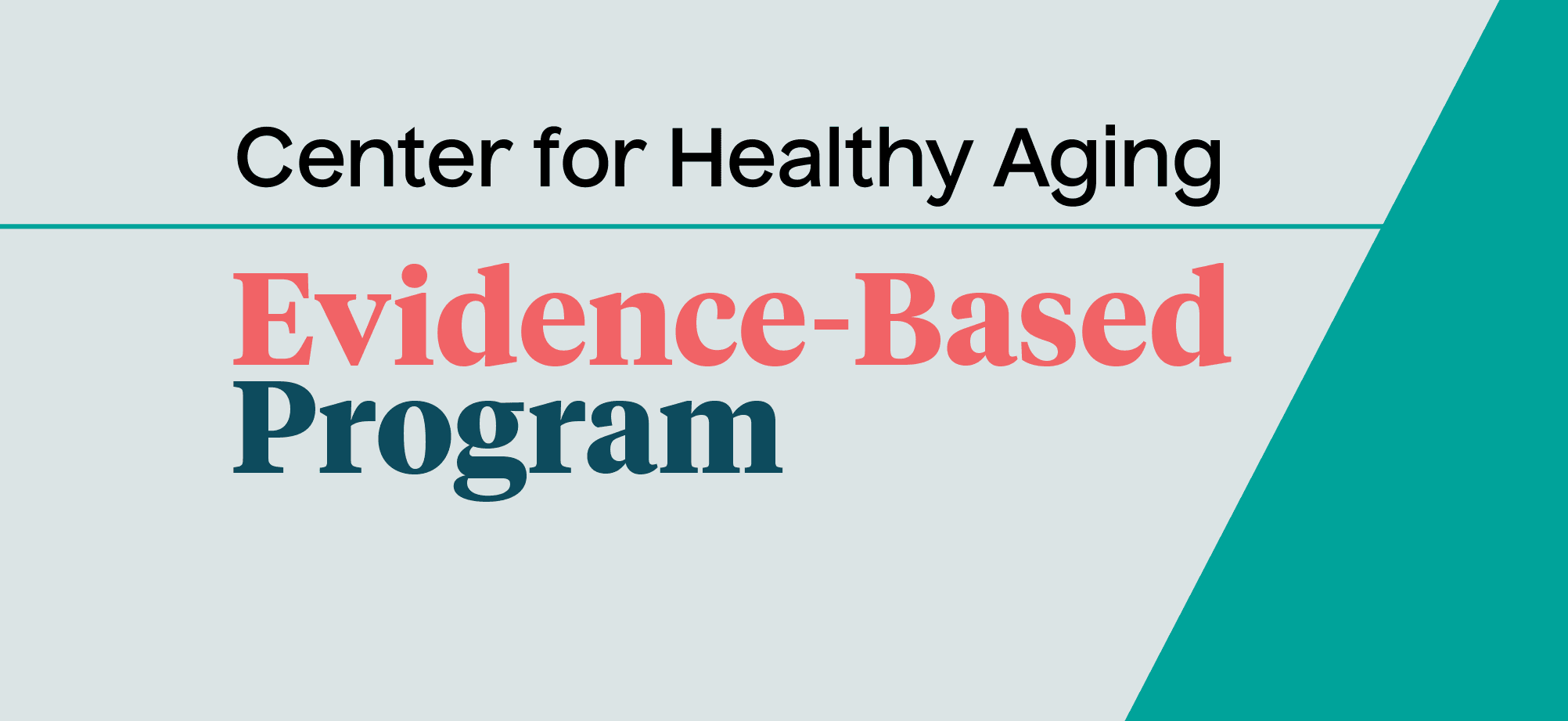Evidence-Based Programming: Results of a State Units on Aging Title III-D Survey
30 min read

The National Council on Aging conducted an online survey of State Unit on Aging Older Americans Act (OAA) Title III-D health promotion and disease prevention program leads from March through May 2023, followed by one-on-one phone interviews with six leads in August 2023.
The goals of this survey were to understand:
- Evidence-based programs currently being delivered by states
- Root causes of changes in volume of evidence-based programs
- Gaps in evidence-based programming
- Strategic use of funding sources to support evidence-based programs
- Approach toward the remote delivery of evidence-based programs
- Obstacles faced in delivering evidence-based programs
- Technical assistance priorities and experience to date
- Intent to further support states’ delivery of evidence-based programs.
This report summarizes findings from 41 states and territories and offers insights and recommendations for technical assistance to State Units on Aging. The report makes some comparisons to a similar survey conducted in 2017 in which 31 states responded.
A key focus of the survey was on the use of remote programs, referring to the use of technology for providing support and education to older adults, including virtual versions of workshops that have traditionally been delivered in person.
Flexible policies and funding that support the delivery of affordable, evidence-based programs that meet the needs of the intended population and are offered in multiple formats appear to be critical strategies for ensuring program success.
A total of 69 unique evidence-based programs were being implemented in the network as identified by the State Units on Aging leads surved, with most of the programs being offered in multiple states/territories. Those surveyed said a primary need and top challenge is recruiting and training leaders. And while 83% of survey resondents said they offer remote programs, those online offerings come with their own set of common challenges, including difficulty with broadband and internet access, limited staff, and insufficient instructors/leaders.
Read the full report:



